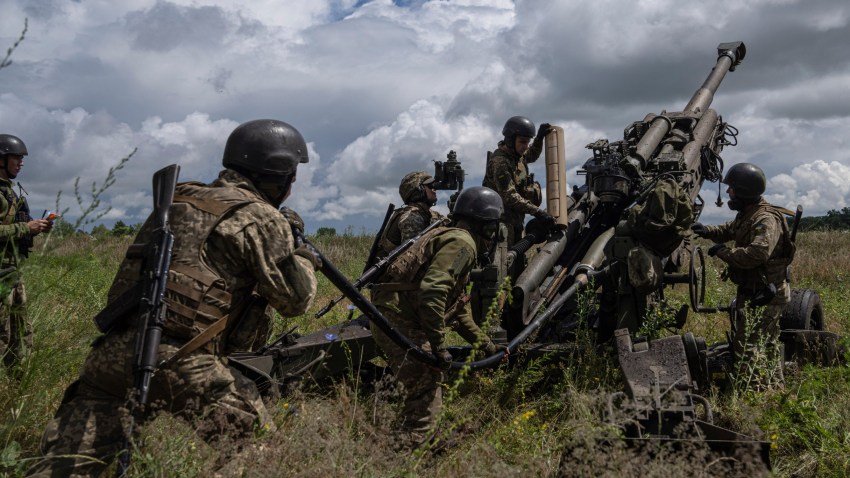More than a year into Russia’s invasion of Ukraine, the two sides’ successes and failures on the battlefield have provided other armed forces around the world with valuable lessons, helping them to identify applicable innovations, vulnerabilities in their own forces and ways to protect themselves against enemy strengths.
Warfare is an undertaking fraught with many variables that make it difficult to assess the capabilities of a fighting force until you actually fight it. So many things can go wrong—and very often do. So, the effectiveness of an army depends on its ability to adapt when confronted with unexpected developments on the battlefield.
Western militaries invest heavily in training and trusting the judgment of their junior ranks, officer and enlisted personnel alike; some even pretend to rely wholly on them. This reflects what retired U.S. Gen. Charles Krulak described as the strategic corporal and the 19th-century German Chief of Staff German Helmuth von Moltke referred to as mission command: Armies in combat succeed or fail on the judgments and decisions of their junior ranks, so the safest course of action amid the fog of war is to ensure the entire chain of command understands the commander’s intent and the mission’s objectives.

